In Ninja Gardening – Episode 14, we’re taken on an enlightening permaculture walk to explore one of North America’s most underrated native plants — the Chokecherry (Prunus virginiana). While its name might sound intimidating, this hardy shrub or small tree is a true ecological treasure, offering both beauty and function to the landscape. From supporting pollinators and wildlife to providing fruits rich in nutrients and flavor, the chokecherry is a must-have for anyone interested in regenerative gardening and sustainable design.
Let’s dive into the fascinating world of the chokecherry, understand its ecological importance, and learn how you can grow and use this incredible plant in your own permaculture-inspired garden.
The Chokecherry: A Native North American Marvel
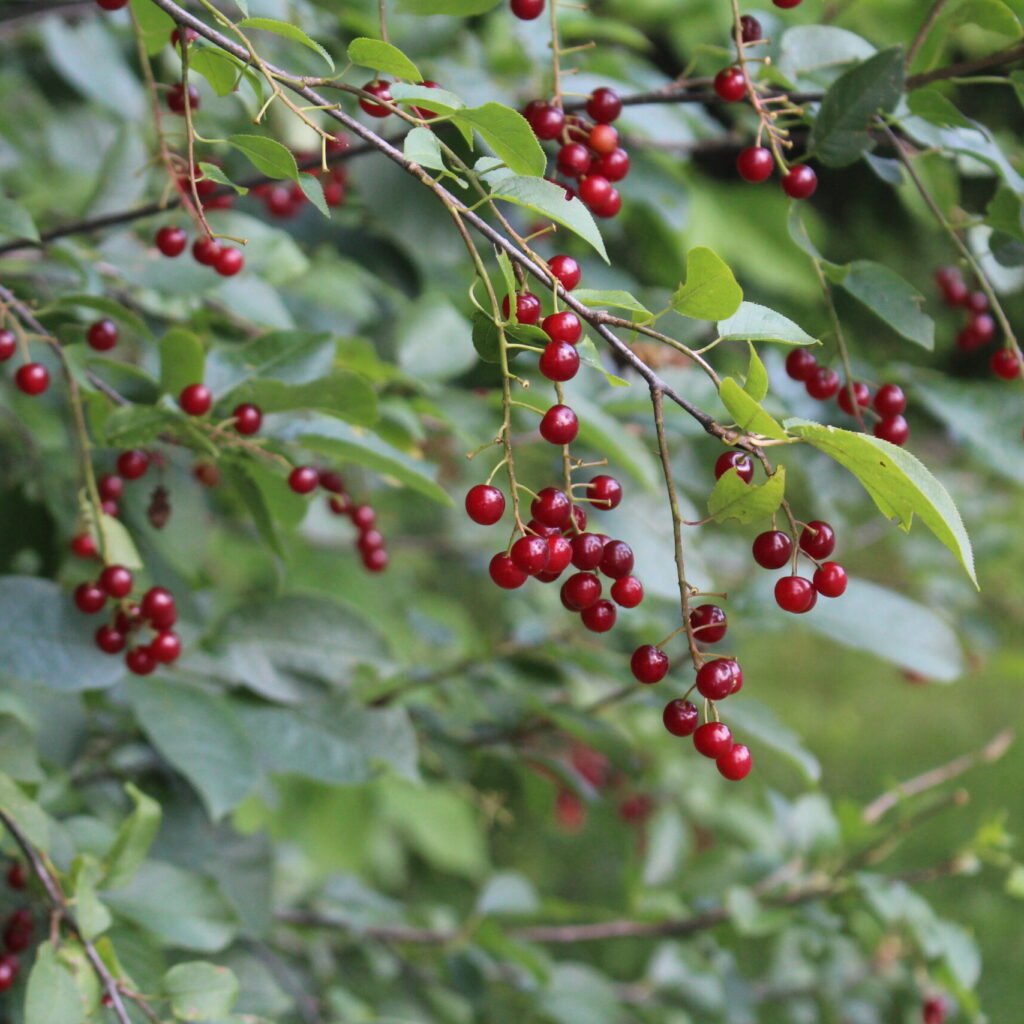
Chokecherry (Prunus virginiana) is native to a wide range of regions across North America — from Canada to the northern and central United States. It typically grows as a multi-stemmed shrub or small tree, reaching heights between 6 to 20 feet, depending on the growing conditions.
The plant produces clusters of small white flowers in spring, followed by deep red to dark purple berries by late summer. Despite their astringent taste when raw (hence the name “chokecherry”), the berries become deliciously sweet once cooked or processed into syrups, jams, jellies, or wines.
In permaculture systems, the chokecherry is valued not only for its fruit but also for its role in supporting biodiversity, improving soil health, and enhancing ecological balance.
Why Chokecherry Belongs in Every Permaculture Garden

1. An Abundance of Fruit for Humans and Wildlife
Chokecherry produces heavy crops of small, tart berries that are packed with vitamins A and C, antioxidants, and minerals. While humans can enjoy them in processed forms, the fruits are also a vital food source for birds, mammals, and pollinators.
Wildlife such as robins, waxwings, and grosbeaks feed on the ripe berries, while deer, rabbits, and moose may browse the leaves and young shoots. This makes chokecherry an excellent wildlife-friendly plant that naturally integrates into food forests and hedgerows.
2. A Pollinator Paradise
In spring, the fragrant clusters of white blossoms attract bees, butterflies, and other beneficial insects. These pollinators play a crucial role in maintaining biodiversity and ensuring healthy fruit production across the landscape.
By planting chokecherry, you’re not just growing a fruiting shrub — you’re creating a thriving pollinator habitat that supports the entire local ecosystem.
3. Adaptable and Hardy in Harsh Climates
One of the standout qualities of Prunus virginiana is its ability to thrive in a wide range of conditions. It tolerates both cold northern climates and dry prairie regions, making it an excellent choice for challenging environments like those found in Alaska, the Great Plains, and parts of Canada.
Chokecherry prefers well-draining soil and full sun, but it can adapt to partial shade and even poor or rocky soil. Once established, it requires minimal maintenance — a perfect fit for low-input, sustainable gardens.
4. Soil and Erosion Control
Chokecherry’s strong, fibrous root system helps stabilize soil and prevent erosion on slopes and disturbed lands. This makes it an excellent choice for reclamation projects, windbreaks, and natural hedges.
In permaculture design, chokecherry is often used to form the mid-layer of a food forest, supporting larger canopy trees and protecting smaller understory plants from wind and erosion.
5. Medicinal and Traditional Uses
Indigenous peoples of North America have long recognized the medicinal value of chokecherry. Various parts of the plant — especially the bark and berries — were used in teas, tonics, and remedies for coughs, colds, fevers, and digestive issues.
Today, herbalists still use chokecherry bark extract as a natural cough suppressant and antioxidant tonic. The fruit, when processed properly, provides a powerful nutritional boost that strengthens the immune system.
How to Grow and Care for Chokecherry
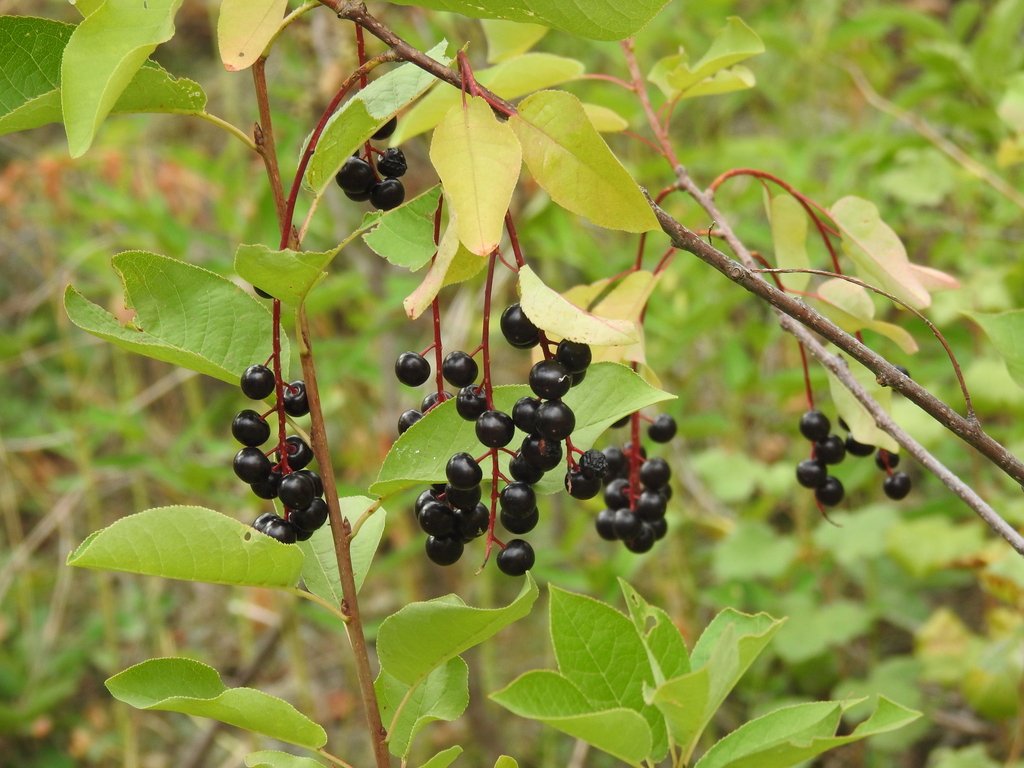
Growing Prunus virginiana is relatively simple and rewarding, especially for gardeners who value native species and natural landscapes.
Planting
- Site selection: Choose a sunny or partially shaded area with well-drained soil.
- Spacing: Space plants about 6–10 feet apart if creating a hedge or wildlife border.
- Propagation: Chokecherry can be grown from seed, cuttings, or suckers. Seeds require cold stratification for a few months before germination.
Watering
Keep the soil moist during the first year, but once established, chokecherry is highly drought-tolerant. Overwatering should be avoided to prevent root rot.
Pruning
Prune the shrub in late winter or early spring to maintain shape and remove dead or diseased wood. Chokecherry can form dense thickets through suckering, which can be controlled by selective pruning.
Pest and Disease Management
Chokecherry can occasionally face issues like tent caterpillars or black knot fungus, but these are manageable through pruning and proper plant spacing to encourage airflow.
Companion Planting
Chokecherry pairs beautifully with other native berry-producing plants like serviceberry (Amelanchier), elderberry (Sambucus), and currant (Ribes). Together, they form a biodiverse and productive landscape layer that supports pollinators and wildlife.
Harvesting and Using Chokecherries
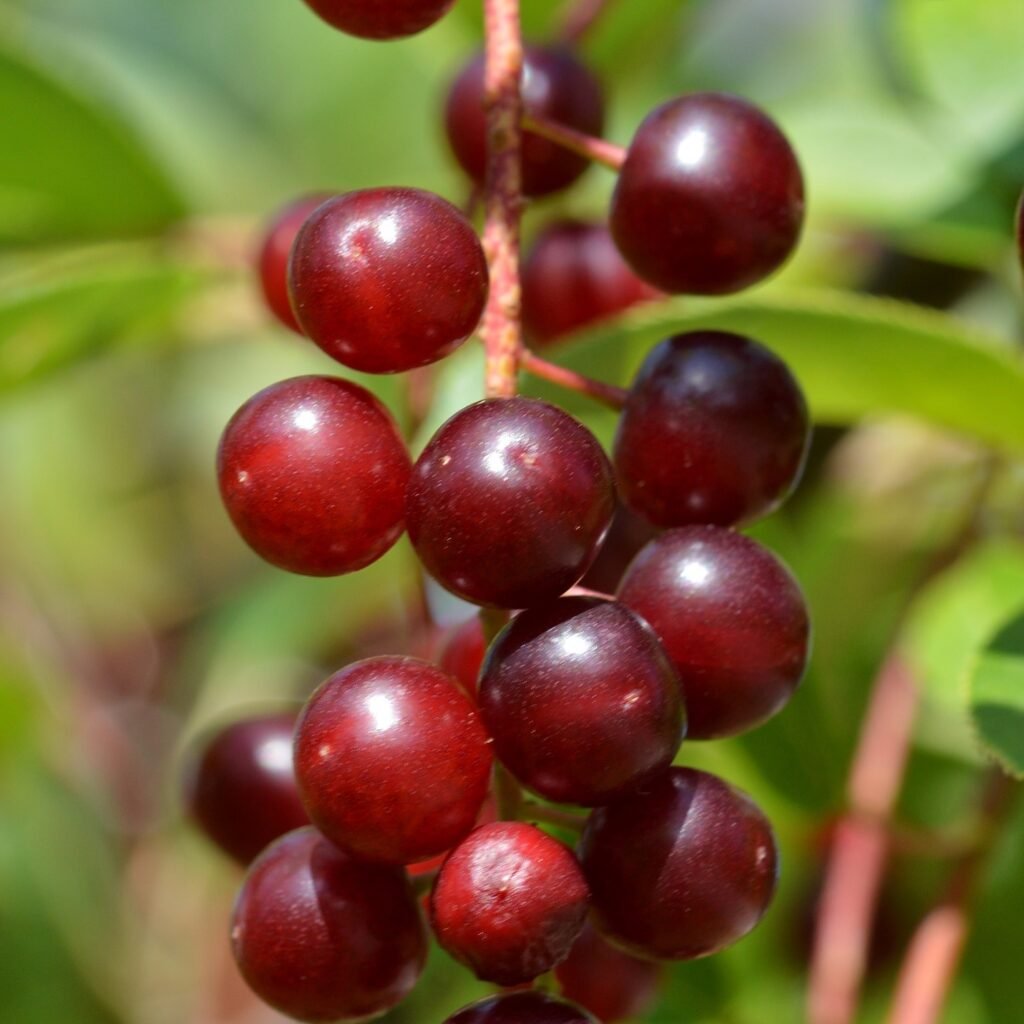
By late summer, the berries turn from red to deep purple or nearly black — a sign that they’re ready to harvest. While raw berries can be astringent, they become deliciously rich and sweet when cooked.
Popular Uses of Chokecherries:
- Jams and jellies: Traditional recipes blend chokecherry juice with sugar and lemon to make flavorful preserves.
- Syrups and sauces: Chokecherry syrup pairs beautifully with pancakes, yogurt, or ice cream.
- Wine and liqueur: Fermented chokecherry wines have a deep color and tart complexity similar to elderberry wines.
- Medicinal tonics: Herbalists use dried bark and berries for cough syrups and digestive bitters.
Be sure to remove the seeds before processing, as they contain small amounts of compounds that can release cyanide when crushed. Cooking or boiling the berries neutralizes this safely.
Chokecherry in Permaculture Design
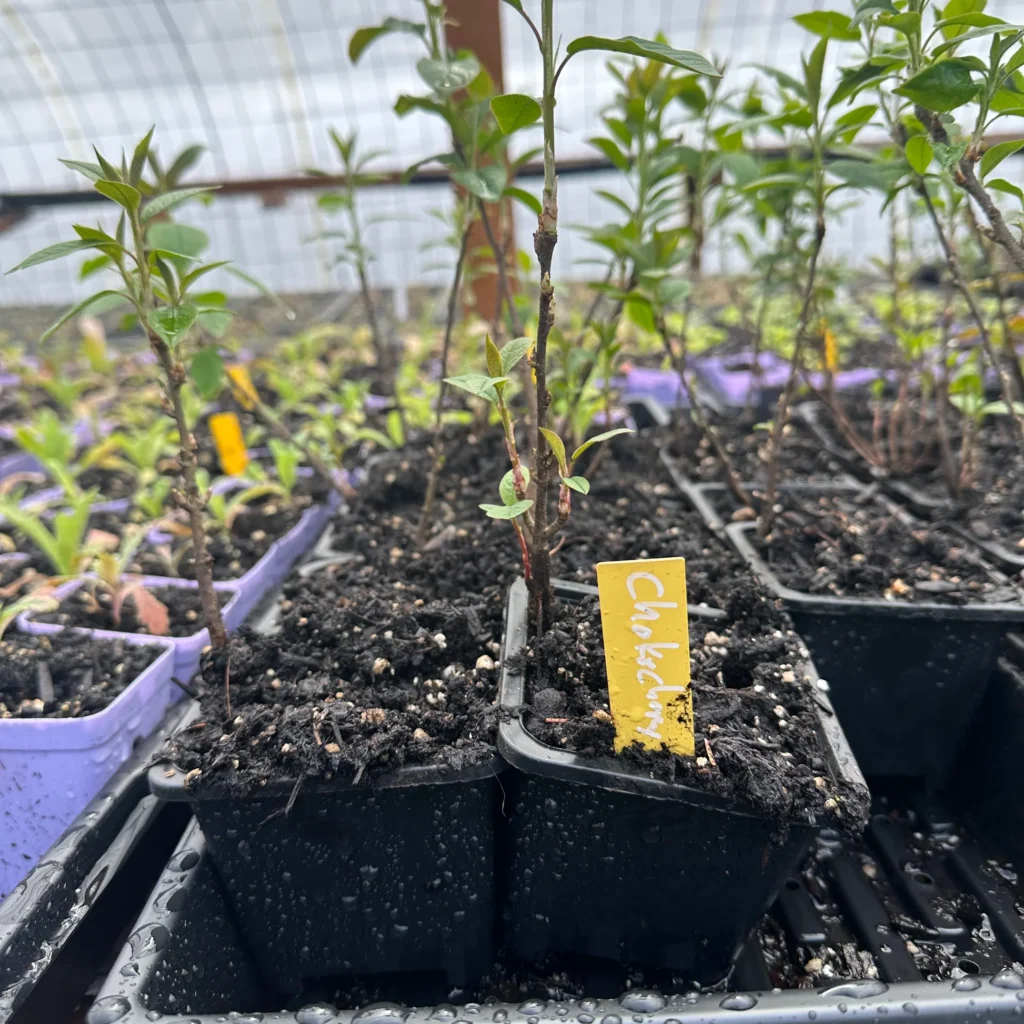
In Ninja Gardening Episode 14, the permaculture walk highlights how chokecherry fits perfectly into ecological landscape design. It serves multiple purposes:
- Food source for people and wildlife
- Habitat and shelter for beneficial insects
- Windbreak and soil stabilizer
- Aesthetic value with beautiful spring flowers and colorful fall foliage
In permaculture, every plant should have more than one function, and chokecherry excels in this regard. It’s not just ornamental or edible — it’s a keystone species that supports the entire garden ecosystem.
Conclusion: Rediscovering a Forgotten Native Treasure
The Chokecherry (Prunus virginiana) is far more than its name suggests. It’s a resilient, beautiful, and ecologically vital plant that belongs in every sustainable or permaculture landscape.
Whether you’re cultivating a small homestead garden, a large food forest, or simply a wildlife-friendly backyard, chokecherry offers beauty, biodiversity, and bounty all in one package.
As shown in Ninja Gardening – Episode 14, reconnecting with native plants like chokecherry helps us restore balance to our gardens and ecosystems — reminding us that true abundance often grows wild, just beyond the edge of the forest.
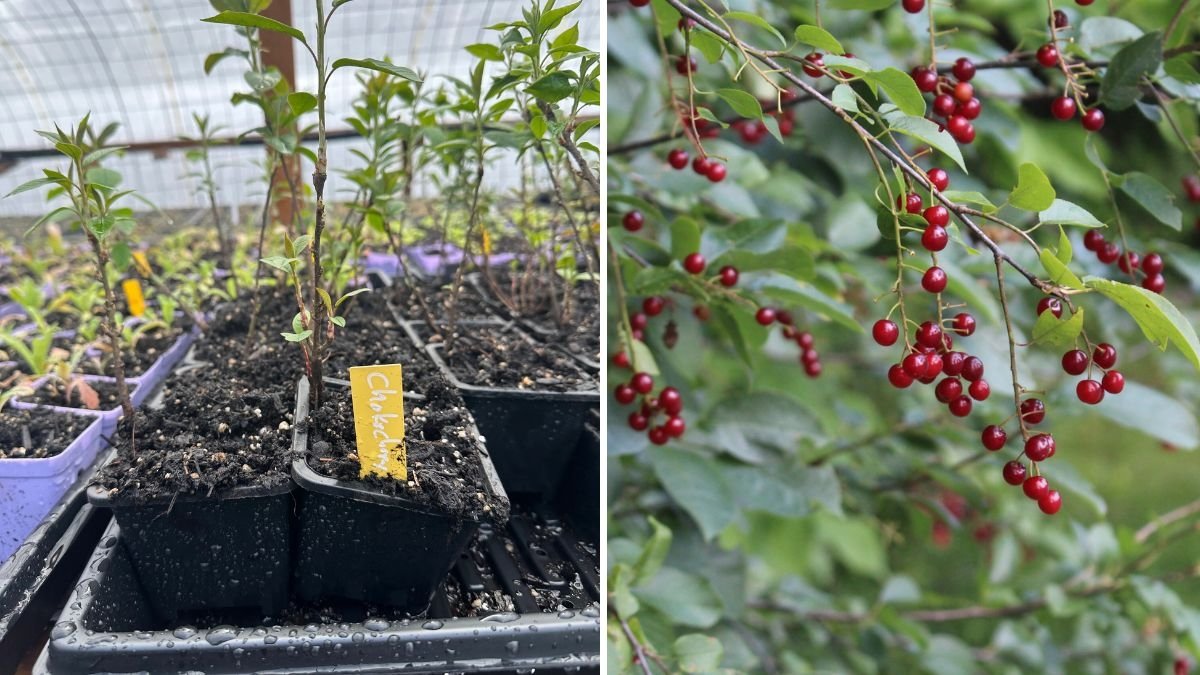
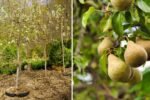
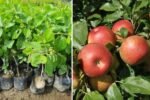
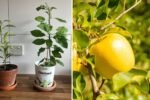
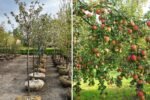

Leave A Comment